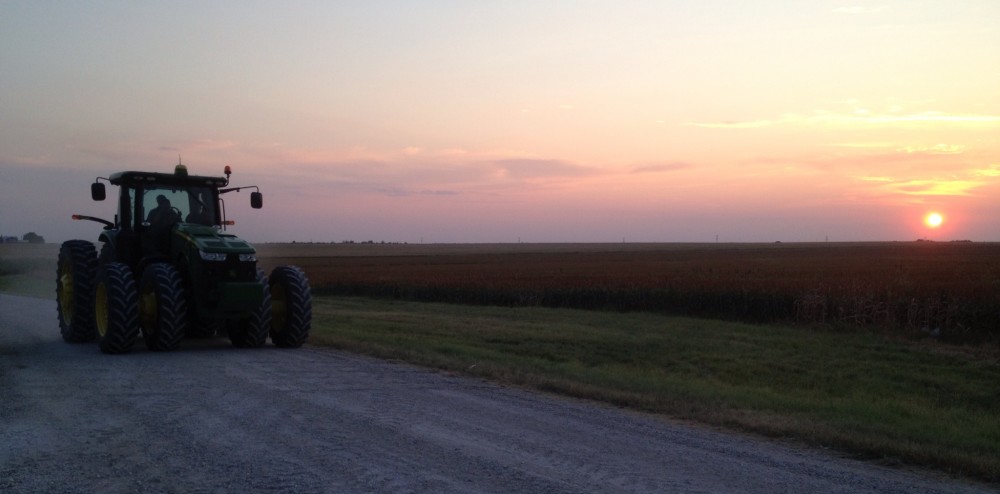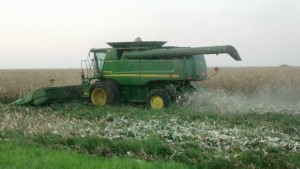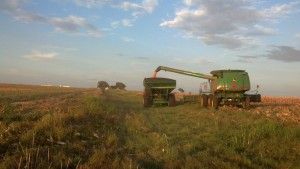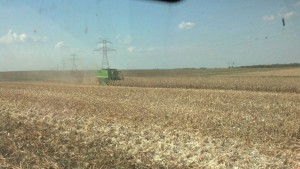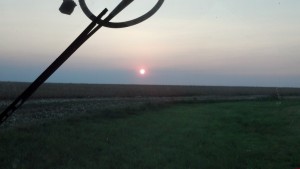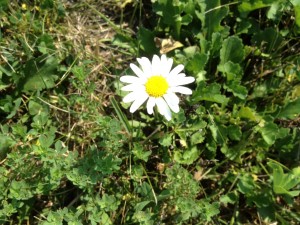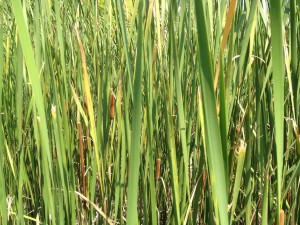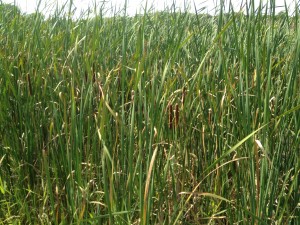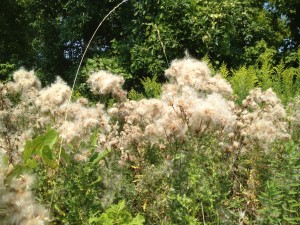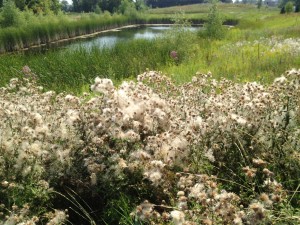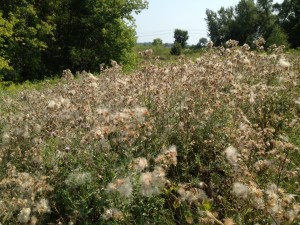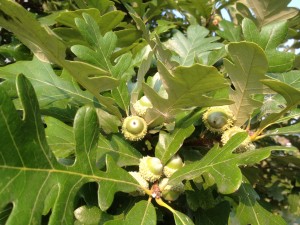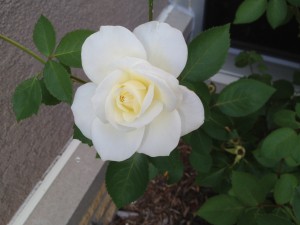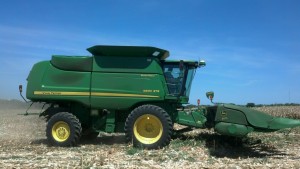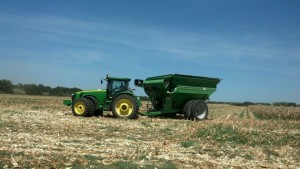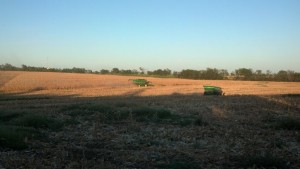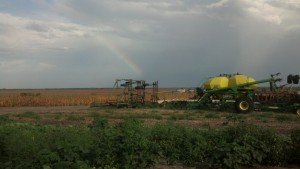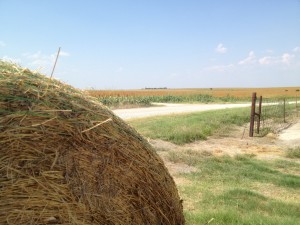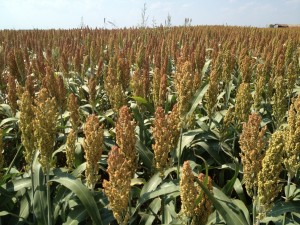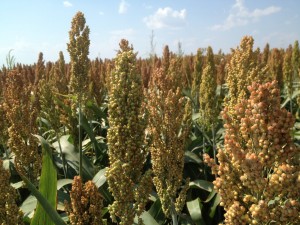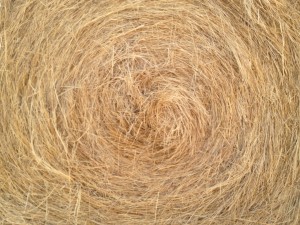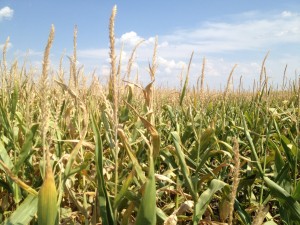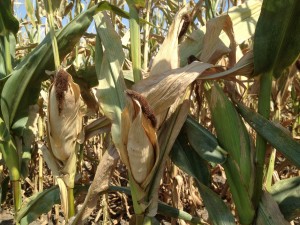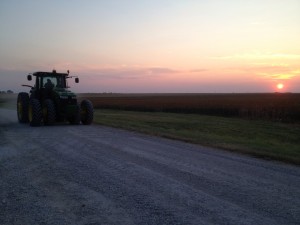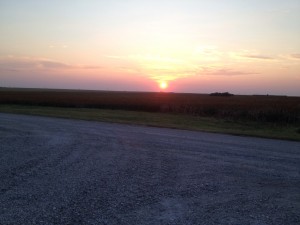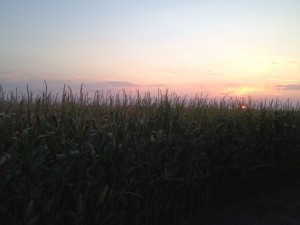In the beginning, there was one big island and that island was “the continent.” That first great continent has been called “Pangaea.” The name is a combination of two Greek words: “pan” for entire and “Gaia” for earth. Pangaea was the entire solid earth in one great piece protruding above the waters. The surrounding waters were named in Greek “Panthalassa,” with “thalassa” meaning ocean. The entire land and the entire sea were Pangaea and Panthalassa. And, so it was at the beginning of days.
In time, much happened below the earth and water, and things changed on the surface of the land. Cracks appeared. Earthquakes occurred. Volcanoes grew and erupted, and the lands separated into pieces that seemed to float off into the waters and away from each other. The seas always touched, as they must, even to this day — it is their way. The lands, not so, and still they float.
The writers-about-all-things on the nets of Wikipedia and in the search-rays of Google describe seven lands that can be called continents. The seven, in order of their size, are: Asia, Africa, North America, South America, Antarctica, Europe and Australia. Of course, even here, there is disagreement. In many Spanish-speaking lands, the list is six: Eurasia, Africa, North America, South America, Antarctica and Australia. Some whittle this to five by excluding Antarctica, which, apart from a research station or two and the occasional cruise ship, is largely uninhabited. Then, there is the 4-continent approach, which I call the “A-Model” for its front-and-back alliterative niceties, which includes: Afro-Eurasia, America, Antarctica and Australia.
To me, and in the shadow of Pangaea, it seems that a continent should, in its first appearance at least, be seen as an island unto itself, ground that can be walked end-to-end without feet dipping to touch in that traverse the great surrounding water. As John Donne meditated in 1623: “No man is an island.” As reflected at earth’s first emergence, it could be stated: “Every island is a continent.” To be surrounded by the sea is, for the earth beneath our feet, to be truly free; and in such truce, there is the space a continent can be.
In its Latin and English origins, the term “continent” means connected land. So it is, but should it be? Is every bit of island to be a continent, and are not some islands so great they can and should be more than one continent?
On the land before its splitting, they arose, the men and women that walked its bounded ways. In their pacings of those, their places, the creatures of the land defined its length and breadth and its meaning to them and others of their kind. So, when the pieces broke and traveled, the residents moved with their earth and found it home. For them, they were content. For them, it was their continent. Every bit of island was a continent to those on board who called it home. That, their Gaia, was their earth in its span; and it troubled not their minds to search for more or parse their young narrative with continental discussion.
Then, from where did that discussion arise, and where does it reside today?
Original men and women did not move beyond their island homes, until three things converged: Science, Technology and Commerce. All advances in the history of man and woman occur when these three converge.
Science is the study of all things and the understandings of it. From science arises insight and idea. From insight and idea arise desire. Desire spawns technology to create and make new things to meet and complete those insights and desires. The newly created things of technology awaken yet unknown wants and needs which lead themselves to barter, marketing and a commerce in the things created, which fuels and energizes the cycle to occur again and again.
One day, the desire was travel. The technologies were caravans and ships. The commerce was trade in noodles, silk, sugar, tobacco, corn, tomatoes and potatoes. From Marco Polo to Columbus arose a new idea of island which was “continent.” The convergence of science, technology and commerce had seen a new way for the peoples to divide and call the lands they stood upon.
All of which is fine and good and has stood well by us for over 700 years (Marco returned from Asia in 1269 and Columbus sited the Americas in 1492). You gotta’ love those Italians: First the noodles and then the tomato sauce. The world hasn’t been the same since, and we’ve been running with up to 7 continents adrift in a sea of smaller islands for about that long.
Now, it’s time to move on. Science, technology and commerce have again converged. The science is travel, as it was; the technology is a new stream to pass over and in a new way; and the commerce is the world-wide net. The age of the Global Information Highway is upon us; and in this age, the continents themselves are being left behind and will be largely lost.
With great foresight, John Donne made his statement for the individual: “No man is an island, entire of itself, every man is a piece of the continent, a part of the main.” As only a poet and visionary could know in his use of the singular phrase “the continent,” the earth in its pieces and parts has converged without a mighty crash and fanfare of words. The continents have realigned. They are separate no longer. No mighty cataclysm shakes the earth at this their re-joining. Rather, the cymbals, tambourines and new-age sounds of the Fifth Dimension in the 1969 song “The Age of Aquarius” echo sweetly in the background as we all stream silently together.
Today is the dawning of “The Age of Pangaea.” We are each the parts of the joining of the entire earth in the one great island where it began — and beyond even there. For us, the many on our computers, laptops, pads and hand-helds, the continental distinctions do not separate. We are truly no longer each an island. We are, every man, woman, young adult and child, “a piece of the continent, a part of the main.” As John Donne knew “no man is an island,” we now know and experience “no continent is a island.” The geographic boundaries between the continents have blurred and been lost in the dawning of the new Age of Pangaea, the single virtual continent that is itself no longer an island and is home to all without division.
In January 1964, Bob Dylan released “The Times They Are a-Changin.’”
In August 2013, they have changed — the islands are no more.
Welcome to the New Virtual Age of Pangaea.
May the five lattices guide you.
Live long and prosper,
Grandpa Jim
